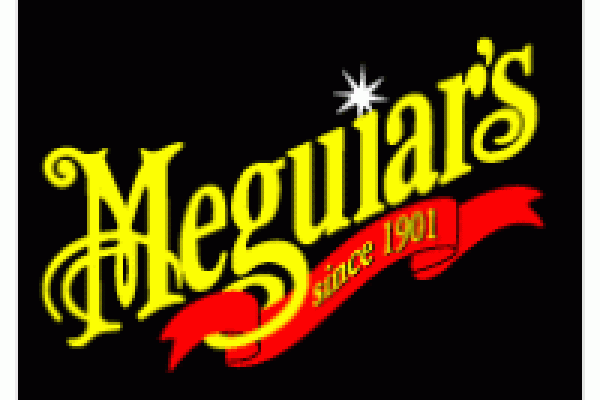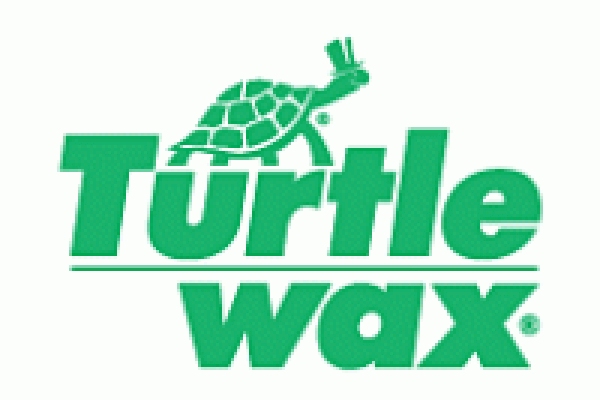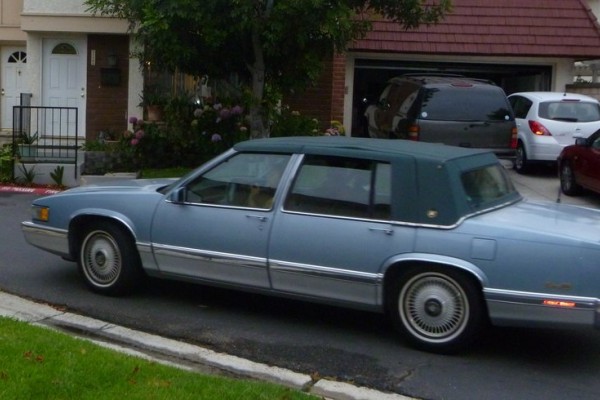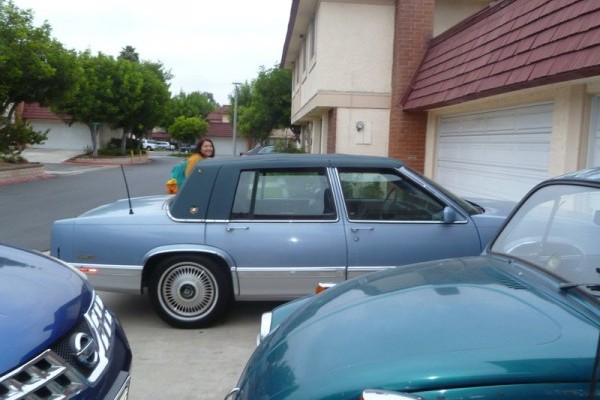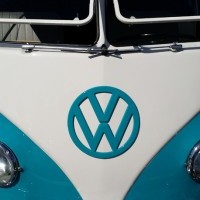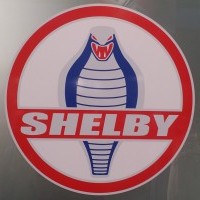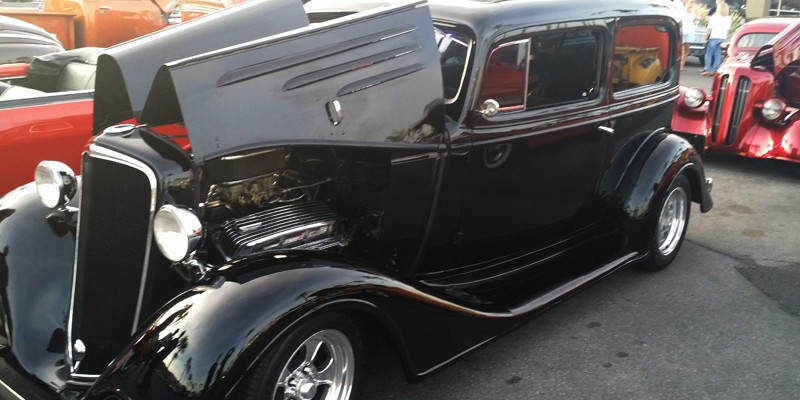
Using Unleaded Gas in Vintage Cars
At one of the vintage cars websites sites I belong to there was a member who shared an interesting experience to the forum. Below is the Readers Digest version.
The new owner (who we will call John) had seen his dream vintage car advertised on the same website referenced above. John liked what he saw, and it helped that many forum members validated how nice the car was. John set an appointment to test drive the car. When John arrived the car was even better looking than the pictures indicated. The owner decided that John was a serious buyer and wasn't a "tire kicker". They decided to take the car out for a test drive. The car started on the first turn of the key, idled smoothly, and ran perfectly. The owner let John drive back on the return trip. And even though John was taking it easy, he was able to get the tires to chirp easily in 2nd and 3rd gear.
John purchased the car, loaded it up on his trailer, and was now the proud owner of a beautiful 1970 Nova Super Sport. Since the car was almost perfect and didn't need any work, John started driving to a couple of local car cruises and classic car shows to get a feel of the car.
The next car show was about an hour and a half away. After waxing the car, and checking the fluids, John filled the gas tank. A couple of miles down the road John stopped at a red light. When the light turned green, he pulled away, and heard a light knocking/pinging noise on acceleration. The noise grew louder the longer he drove the car. The only time John heard the noise was on acceleration. If he drove the car "easy" like there was an egg under the gas pedal, the pinging was almost non existent and tolerable. If he had to pass another car and was required to accelerate, the noise got worse, and the engine didn't have the same power as his first test drive. Other than the noise, the car performed flawlessly. John drove the car to and from the show, but he was really anxious and nervous because he thought he had bought a lemon. And he wasn't a happy camper.
Long story short, some of the people reading John's story started to ask him questions. A group of them even made a special trip to John's house to take a test drive with John to see if they could determine what was happening. During the discussion one of the bystanders asked John what changes he made to the car since buying it. John replied "I didn't touch a thing, except to wash it, wax it, and I filled the gas tank". The bystander said, "I am going to take a leap here" then he asked "what kind of gas did you put in it"?
Let me jump ahead here in the story, and explain why this is so important.
High performance cars from the 60's and early 70's require high performance gasoline. Unless the engine has already been modified, pre-1971 cars require leaded high octane gasoline to run correctly. Because leaded gasoline is no longer sold in the United States, owners of these types of vehicles need to buy lead substitute additives (around $2-$5 per bottle). A bottle is generally good for one tank of gas. Lead is critical because it acts as a lubricant for the internal engine parts and stops them from wearing out prematurely. Engines built in 1971 and later are built to run on unleaded gas so adding lead substitute is not needed. In fact, lead damages Catalytic Converters, which are required on cars built after 1977, and is more harmful to the environment. Adding a lead additive to a pre-1971 engine will literally prevent the engine from beating itself to death.
John's experience was something that happens to many vintage car owners. The reason the Nova ran great with the previous owner was because he used a 92 octane gasoline and added a bottle of lead substitute with every fill-up. When John filled the gas tank he used the same 87 octane gasoline he uses for his everyday driver. He never gave any thought to what type of gas he was running. Most people don't buy vintage cars for gas mileage and economy reasons. Therefore it only took a couple of weekends of local driving before John needed to fill up his gas tank again. Now the engine was off of its "design point", meaning it was never intended to run on low octane, unleaded fuel. The engine started to ping and knock under a load, as soon as the new gas was being burned.
When John shared his story on the forum, there was about a quarter of a tank of economy gas left. He added a bottle of octane booster, a bottle of lead substitute, and filled the rest of the tank with 92 octane premium gas. Since then, John's car has been running perfectly.
An original pre 70's engine which has not been modified for unleaded fuel will need a little help in the gas department. Always use the highest octane possible. A bottle of good octane booster and a lead substitute will help maximize performance and the engine's longevity. You should be purchasing the highest octane gas possible because a high octane rating prevents knocking and pinging. Supreme unleaded (92 octane) is fine and should be used for most engines and everyday driving.
Owners of truly high performance engines, meaning a compression ratio greater than 10.0:1, must use an octane booster to keep their engines running smoothly. Octane boosters will also help if you plan to race your car occasionally or whenever you want a little more power. Remember, racing fuel in the 104 octane category and higher is expensive and sometimes hard to find.
Racing fuel should only be used if you truly have an engine built for racing and is overkill for a street car.
Article Source: http://www.articlesbase.com/automotive-articles/using-unleaded-gas-in-vintage-cars-668737.html
ARTICLE SOURCE: http://www.articlesbase.com/automotive-articles/using-unleaded-gas-in-vintage-cars-668737.html












